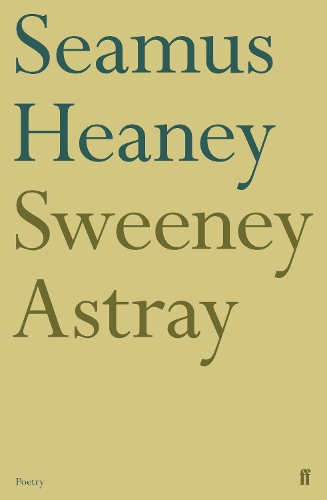
Sweeney Astray
(Paperback, Main)
Publishing Details
Sweeney Astray
By (Author) Seamus Heaney
Faber & Faber
Faber & Faber
6th August 2001
6th August 2001
Main
United Kingdom
Classifications
General
Non Fiction
821.914
Physical Properties
Paperback
88
Width 131mm, Height 197mm, Spine 10mm
140g
Description
Sweeney Astray is Seamus Heaney's version of the medieval Irish work Buile Suibhne - the first complete translation since 1913. Its hero, Mad Sweeney, undergoes a series of purgatorial adventures after he is cursed by a saint and turned into a bird at the Battle of Moira. The poetry spoken by the mad king, exiled to the trees and the slopes, is among the richest and most immediately appealing in the whole canon of Gaelic literature. Sweeney Astray not only restores to us a work of historical and literary importance but offers the genius of one of our greatest living poets to reinforce its claims on the reader of contemporary literature.
Author Bio
Seamus Heaney was born in 1939 in County Derry in Northern Ireland. He grew up in the country, on a farm, in touch with a traditional rural way of life, which he wrote about in his first book Death of a Naturalist (1966). He attended the local school and in 1951 went as a boarder to St Columb's College, about 40 miles away in Derry (the poem 'Singing School' in North refers to this period of his life). In 1956 he went on a scholarship to Queen's University, Belfast and graduated with a first class degree in English Language and Literature in 1961. After a year as a post-graduate at a college of education, and a year teaching in a secondary modern school in Ballymurphy, he was appointed to the staff of St Joseph's College of Education. In 1966 Seamus Heaney took up a lecturing post in the English Department of Queen's University, and remained there until 1972, spending the academic year 1970-71 as a visiting Professor at the University of California in Berkeley.
